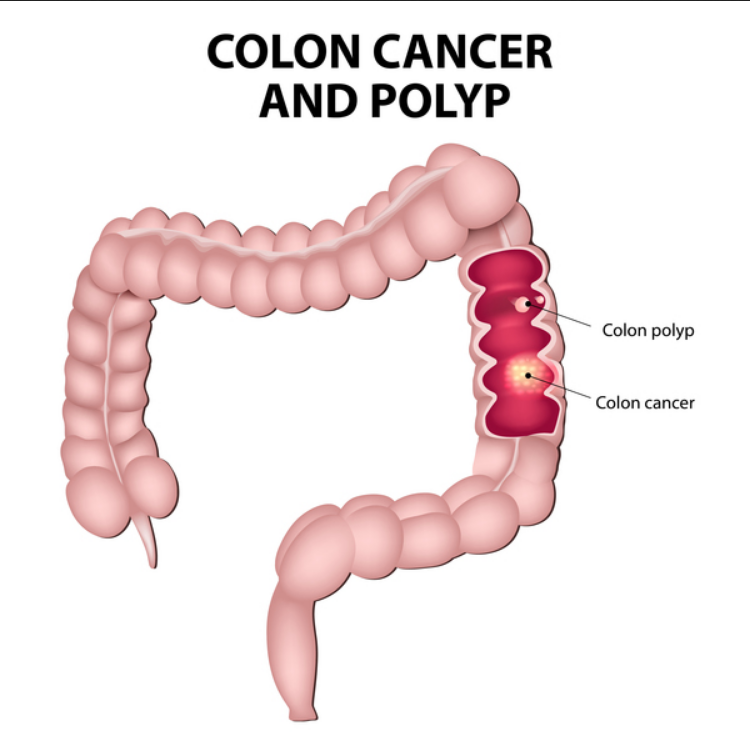
After removing the colon and rectum, a surgeon must devise a method to allow the removal of solid wastes from the body. One of several methods in this regard is the creation of a j-pouch, which is a surgically created reservoir at the end of the patient’s small intestine. This internal reservoir is situated over the anal canal, allowing the patient to pass out stools through the anus.
The reason it is called a j-pouch is that it is created by folding the end of the small bowel into itself. After the procedure, it serves as storage that stores stools before the patient moves the bowels. The best thing about this procedure is that it eliminates the need to wear an ostomy pouch.
Conditions raising the need for a j-pouch
A j-pouch or ileoanal reservoir is a preferred option for people suffering from chronic ulcerative colitis. The doctor will decide to refer a patient to a surgeon when symptoms are uncontrollable through medical therapies and other treatments. Other conditions for which the j-pouch can be a good treatment option include adenomatous polyposis (FAP) and colon and rectal cancer.

Benefits of a j-pouch
Control over bowel movements is the most significant benefit of having a j-pouch. That is because this procedure uses the functional anal canal for the passage of stools. The patient can get to the restroom as soon as he feels the need to move his bowels.
J-Pouch Surgery: What To Expect
- There may be three steps involved in a j-pouch treatment. Most of the time, surgeons complete the procedure in two steps.
- During the first surgery, the surgeon removes the colon and rectum. The end of the small bowel is folded into itself and connected to the top of the anal canal.
- The patient gets a temporary ileostomy for the removal of wastes. It gives the newly created j-pouch some time to heal. Ileostomy surgery results in the creation of a stoma, which is an opening on the abdominal surface to allow bodily wastes to leave the body. The patient needs to wear an ostomy bag over the stoma to collect bodily wastes.
- The surgeon calls the patient for another surgery to reverse the ileostomy and reconnect the bowel. After the procedure, waste materials leave the body through the anus instead of the stoma.
- In some cases, the surgeon may choose to perform the entire procedure in one stage. It means that the patient will not get a temporary ileostomy. The reason your surgeon may want to do it is an increased risk of infection.
What to expect after the procedure
- It will take some time before your body adapts to your j-pouch. During the first few weeks, you may have to go to the toilet up to 12 times a day. This frequency will reduce over time.
- Male patients may experience sexual dysfunction due to nerve damage during the procedure.
- Female patients may develop scar tissues around their ovaries, leading to infertility.
You may need to consider bringing some lifestyle changes to help your body adapt to the newly created bowel diversion in the form of a j-pouch. Be sure to discuss everything with your healthcare provider.


